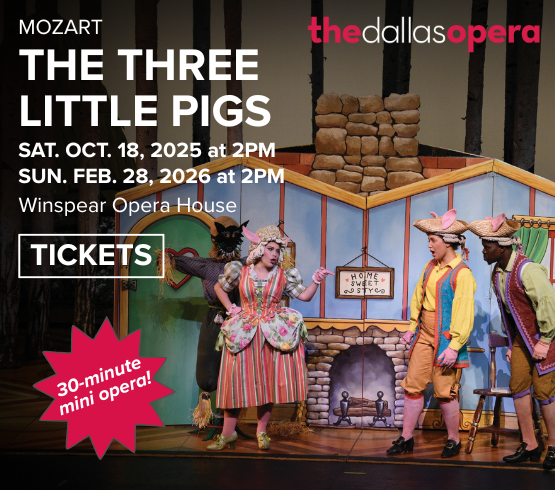Choreographer Laura Gutierrez honors her father’s 48 years of labor in the premiere of In Tarps I Trust, commissioned and presented by DiverseWorks on Feb. 22-24, 2024 at the MATCH in Houston. Gutierrez has made a career interacting with objects, this time its enormous tarps, ladders and ratchet straps, the very materials her father used as a billboard painter. She is no stranger to creating work surrounding labor. Her CounterCurrent Commission, Center Aisle Blues, set in a Fiesta Mart, paid homage to the workers. She visited with ACTX to talk tarps and the labor of dance.
So many, but one of my favorites is he would often use our backyard as his studio and hang the tarps up along our fence in order to sketch out whatever lettering or image he needed to paint. One time he needed to sketch a pair of eyes, so he asked to borrow one of my Spice Girls dolls to do so. Once the tarp was painted and complete I got such a kick that his inspiration for his drawing came from Baby Spice.
What drew you to this subject?
My Dad is 73 and has been working for 48 years with the same company. He still wakes up at 4:30am to go to work. Though he doesn’t climb as much, he’s still physically invested and that dedication inspired me. The way I know dance, my dad knows billboards. There’s a lot of movement patterns and physicality that goes unnoticed in his line of work. As a movement enthusiast, I wanted to honor him and bring attention to the blue collar workers who keep businesses running.
I live for a challenge. I remember going to work with my dad when I was little and during the process he always made me feel strong and encouraged me to take on the tasks with just as much vigor as him. He didn’t treat me as less than just because I was a girl, if anything he made me believe that gender had nothing to do with it and that I could absolutely do anything I put my mind to.
Choreographically, it’s rare that I use props in space and I think coming out of the pandemic I really need to shed a lot of angst and take hold of and feel my power. What better way to do so than with wrestling a tarp and with materials that have very little give? I feel it’s almost symbolic of the past few years.

1 ⁄5
Laura Gutierrez in her father’s truck. Photo by Amitava Sarkar.

2 ⁄5
Laura Gutierrez in rehearsal for In Tarps I Trust. Photo by Amitava Sarkar.

3 ⁄5
Laura Gutierrez in rehearsal for In Tarps I Trust. Photo by Amitava Sarkar.

4 ⁄5
Laura Gutierrez in rehearsal for In Tarps I Trust. Photo by Amitava Sarkar.

5 ⁄5
Laura Gutierrez and her father Jose Gutierrez. Photo by Amitava Sarkar.
I think his artistic talent has never been acknowledged, and he would never call himself an artist, but he is to me. His understanding of shape, form, color, depth and architecture is extensive, his paintings and drawings are full of warmth. On the other hand most people aren’t aware of the physical demand and risks billboard installers take with climbing; it’s truly a sport and you have to be fearless of heights.
Do people value dance as work?
No, dance is seen as entertainment and play. Dance can be both of those things, but it provides so much more. Those of us who are in the field obviously value it as work and those close to us might understand this as well, but I believe the value of work is extremely intertwined with wealth, monetary gain and what the product can do. What dance provides isn’t something tangible.
I learned about acceptance and how assimilation has impacted the both of us in the workplace and also, that I can have an appreciation for the corporate model existence and at the same time still honor my own personal values.
Your work in Center Aisle Blues stands as one of the most profound and healing works of art the city has ever been given. How do you see yourself as joining a lineage of choreographers from Alvin Ailey to Blondell Cummings to Ted Shawn who addressed labor in their work?
Center Aisle Blues surprised me and revealed a new depth of what is possible in the genre of site-specific dance that I hadn’t experienced prior. In terms of lineage, these three choreographers paved the way and did so brilliantly. I still feel like a novice, that I’m barely starting to scratch the surface of understanding what inspires my work but, labor has definitely been a consistent theme and I can only hope to keep the conversation going.
—NANCY WOZNY





